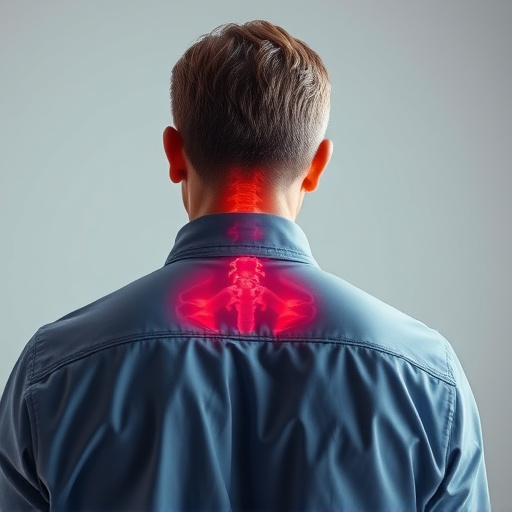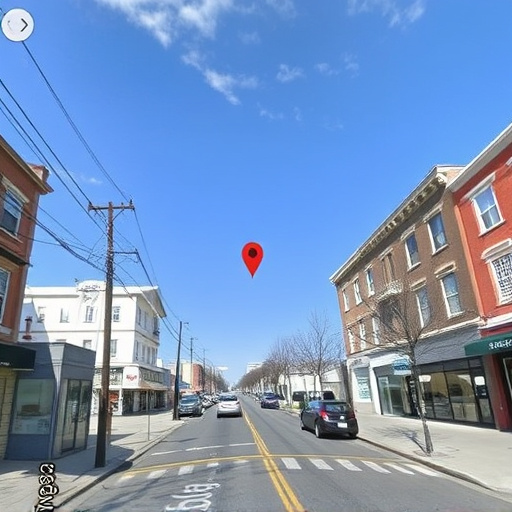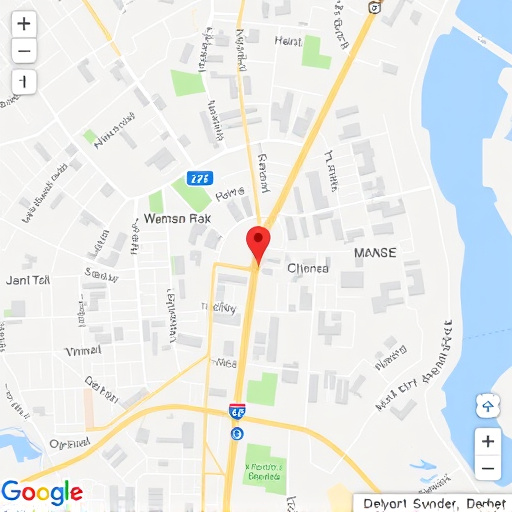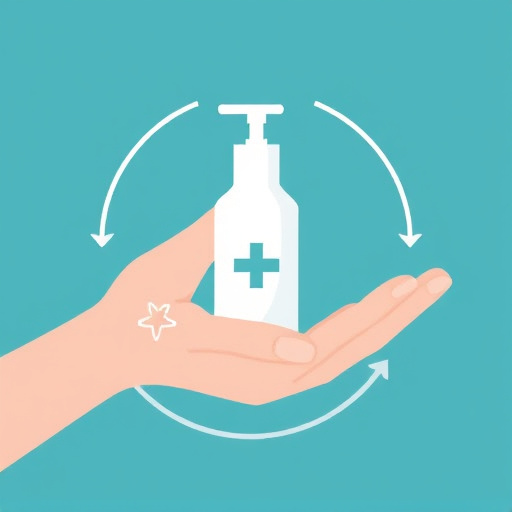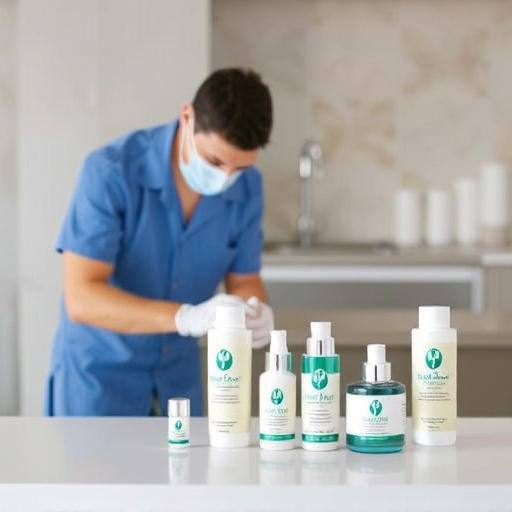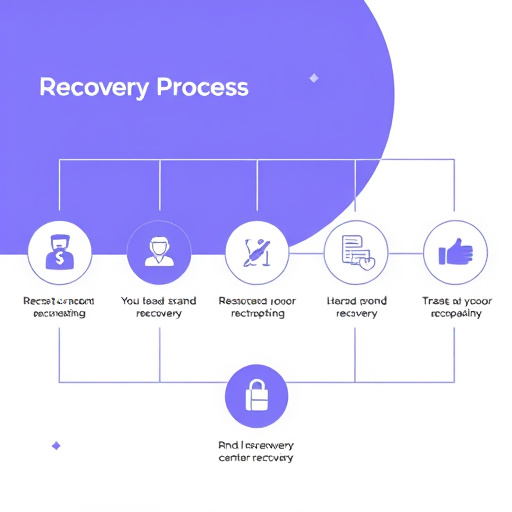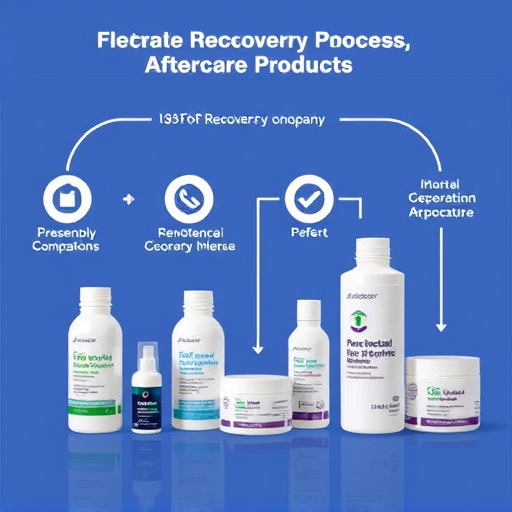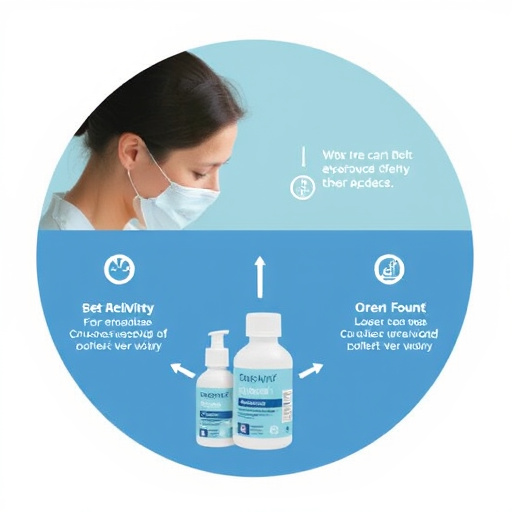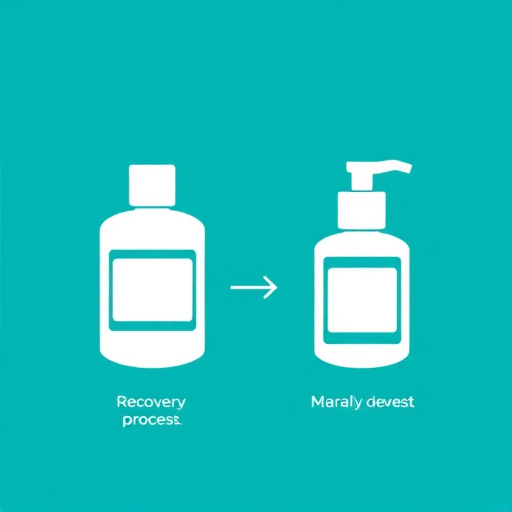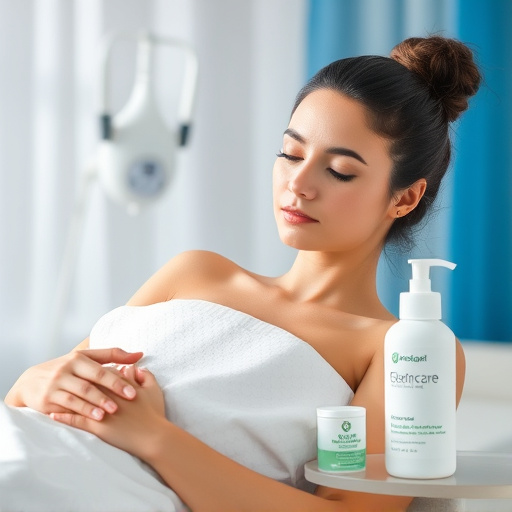The laser hair removal recovery period lasts from a few days to a week and varies based on skin type, treatment area, and technician expertise. Redness, swelling, or mild pain are normal post-treatment symptoms. Faster healing occurs with proper technique, suitable laser wavelength, and energy levels. Post-treatment care includes cleanliness, moisture, sun protection, and avoiding strenuous activities for optimal results and a quicker return to daily life.
Looking for expert advice on navigating the laser hair removal recovery process? You’re in the right place. This comprehensive guide delves into the key aspects of understanding and optimizing your post-treatment experience. From factors influencing recovery time to essential care tips, we provide valuable insights to ensure a smooth journey towards silky-smooth skin. Uncover the secrets to a successful recovery with laser hair removal.
- Understanding Laser Hair Removal Recovery Process
- Factors Affecting Recovery Time After Laser Hair Removal
- Post-Treatment Care Tips for Optimal Recovery
Understanding Laser Hair Removal Recovery Process
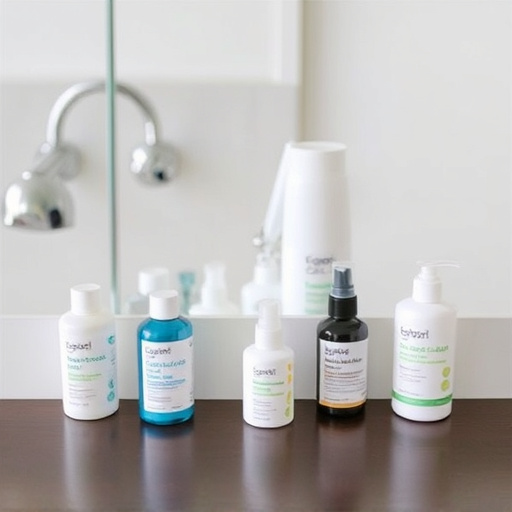
The laser hair removal recovery process is an essential aspect of ensuring optimal results and client satisfaction. It’s crucial to understand that every individual’s experience may vary, but there are general guidelines to help manage expectations. The recovery period typically spans a few days to a week, during which time the treated area may appear red, swollen, or slightly painful. This is a normal response as the body heals itself from the procedure.
Clients can expect some temporary discomfort, but it’s important to remember that these symptoms usually subside quickly. Following post-treatment instructions, such as avoiding sun exposure and certain activities, can expedite the healing process. Additionally, applying recommended topical creams or ointments may help alleviate any irritation.
Factors Affecting Recovery Time After Laser Hair Removal
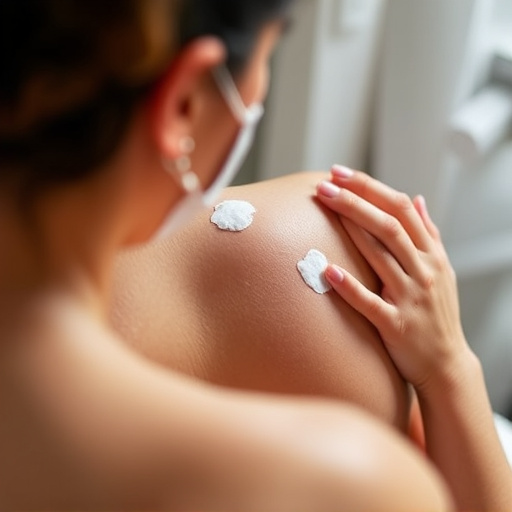
The laser hair removal recovery time can vary significantly from person to person, influenced by several factors. One of the key determinants is skin type and tone; darker skin tones may require more time to heal due to the potential for increased pigmentation changes. The area being treated also plays a role; sensitive areas like the face might experience longer recovery periods compared to larger body parts.
Another crucial factor is the skill and experience of the technician performing the procedure. Proper technique, including using the right laser wavelength and energy settings, can expedite healing. Additionally, post-treatment care practices, such as keeping the treated area clean, applying recommended topical creams, and avoiding sun exposure, all contribute to a faster and more effective recovery process.
Post-Treatment Care Tips for Optimal Recovery
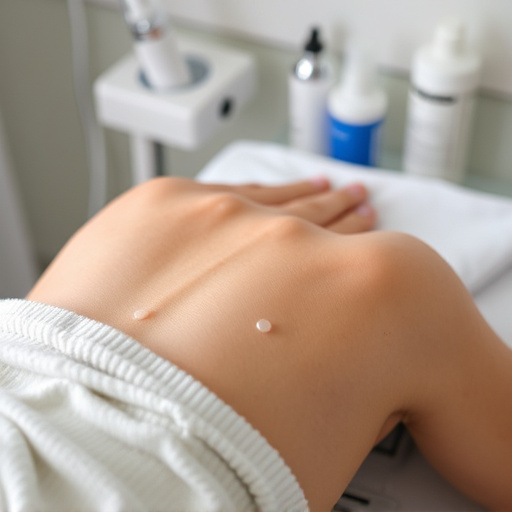
Post-treatment care plays a pivotal role in achieving optimal outcomes after laser hair removal procedures. It’s crucial to follow expert guidance for a swift and comfortable recovery process. Firstly, it’s essential to maintain good hygiene by gently cleansing the treated area with a mild cleanser recommended by your healthcare provider. Avoid using harsh soaps or scrubs that can irritate the skin. Additionally, keeping the area moisturized is vital; apply a gentle moisturizer as per the expert advice for a soothing effect and to prevent dryness.
The laser hair removal recovery time varies based on individual factors, but generally, it takes a few days for redness and swelling to subside. Protecting your skin from direct sunlight is imperative during this period. Use broad-spectrum sunscreen with at least SPF 30 to minimize sun sensitivity. Refrain from strenuous activities or exercise for the recommended duration as physical strain can impact recovery. Remember, adhering to post-treatment care instructions ensures better results and a quicker return to your daily routine.
Laser hair removal, while offering long-lasting results, involves a careful recovery process. By understanding the factors influencing recovery time and implementing proper post-treatment care, you can optimize your skin’s healing journey. Remember that everyone’s experience is unique, but with expert guidance and the right tips, you’ll be on track to achieving smooth, hair-free skin with minimal downtime.

